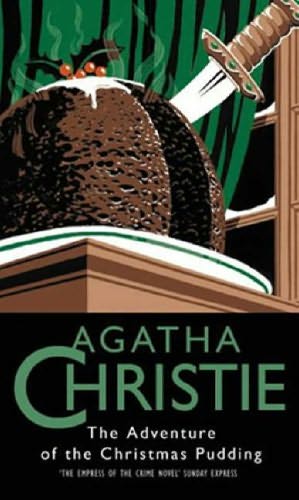
If Murder At The Vicarage was an establishing book it is The Thirteen Problems which makes Miss Marple's reputation. It is during these quiet tales that Miss Marple moves from being a clever village gossip to an international crime solver - without really leaving her inglenook and knitting.
For it is here that she meets Sir Henry Clithering of Scotland Yard, and a circle of friends including actresses and artists and other notables. In other words, it is here that Miss Marple makes a name for herself - and she does not waste the opportunity.
These are all stories where the solution is neatly provided by Miss Marple, often at the expense of the teller - the rule of thumb is that the Brighter the Young Thing the bigger their downfall will be at Miss Marple's hands.
Poor Raymond West is dispatched by her on page three ("do you think people are really so unpleasant as you make them out to be?" which is Miss Marple being perhaps a little hypocritical - especially when she says "I hope you dear young people will never realise how wicked the world really is").
Initially overlooked by artist Joyce, Miss Marple later "accidentally" exposes her engagement to Raymond. In sketches about the spinster, the joke is that she is actually the murderer - but this ignores Miss Marple's formidable skills at character assassination. She reserves her biggest guns for daffy actress Jane, who constantly mocks Miss Marple ("I'm sure I shouldn't have any brains at all if I lived in a village"). She may receive her comeuppance off-stage, but it is devastating nevertheless.
The stories themselves are the usual Christie short story - with inveigling servants, deceptions, disguise (there's even two uses of roughly the same plot about swimming and impersonation) and sleight of hand. Several times the dead body isn't the dead body you're lead to believe. At other times, it is the victim who is changed. That's not to be snippy about these stories - the telling of them is extremely engaging, and the stories work on three levels - as a mystery, as an occasionally devastating self-destruction by the teller, and as a revelation of Miss Marple's supreme brain.
Some of the mysteries are extremely clever and centre as much on the smart noticing of details as Miss Marple's famed tiny recollections of village life. Christie makes great use of her chemical experise - both in the poisonings here, and in one instance, in the side effect of a chemical reaction. There's even, in The Idol House of Astarte, a seeming flirtation with the supernatural - which is never completely debunked. True, the murder turns out to be quite natural - but the circumstances which occasion it remain remarkable.
The main joy is in seeing Miss Marple herself telling stories. In one of them she reveals precisely why she thrives on gossip: "How often is tittle-tattle, as you call it, true!" In the same story she even recounts her failures - the number of times she's realised a husband will try and destroy his wife and failed to prevent it. It's one of the darker insights into her psyche - she claims that husbands are tempted to this because they are stronger. The inference is that wives would do it more if they could...
This book is both charming and necessary. From here on in, Miss Marple is free to roam, an acknowledged solver of crimes. Her path to Nemesis is laid open.
Next: Supernatural frolics in the name of love in The Mysterious Mister Quinn




